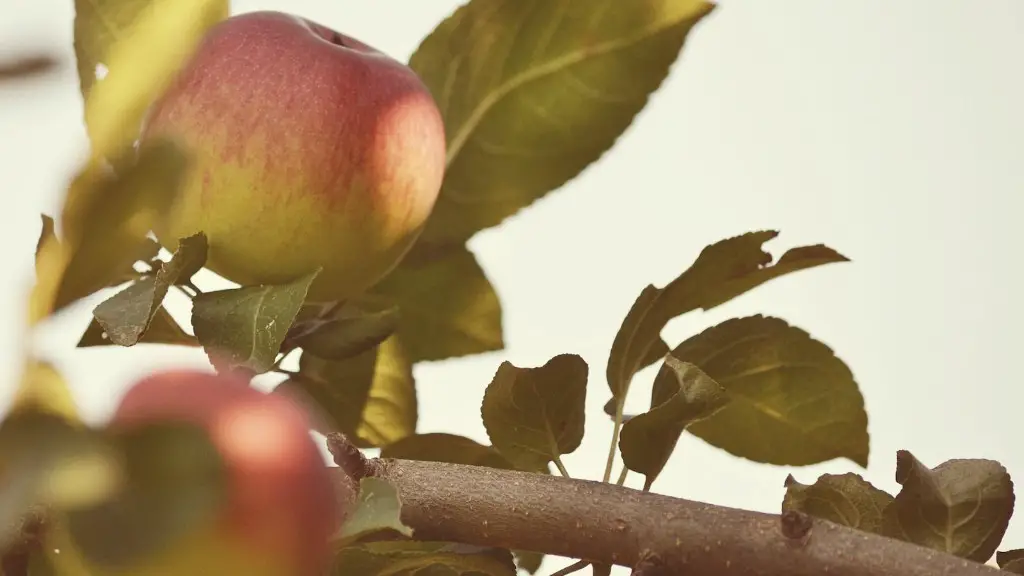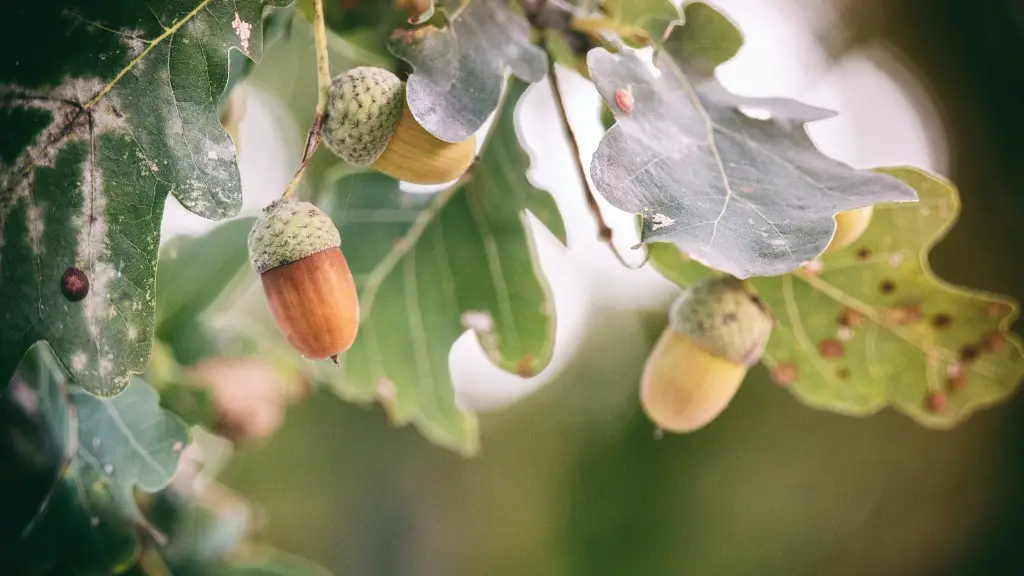Planting a lemon tree is a great way to enjoy a harvest of delicious, freshly squeezed lemon juice throughout the year. However, the timing of when you should plant your lemon tree is critical in ensuring a healthy and productive tree. Planting at the right time of year can help to optimize the growth of your tree and provide you with an abundant amount of lemons. Here’s what you need to know when it comes to the ideal time to plant a lemon tree.
Location
When it comes to successful lemon tree growth, location can be key. Lemon trees appreciate full sun, so pick a spot with as much direct sunlight as possible. It is also important to hold off on planting until winter and check your local temperatures. Generally, lemon trees require a temperature below 55° F for optimal growth. If your area experiences colder temperatures for an extended period, it’s best to wait until spring to plant your lemon tree.
Soil
The health of your lemon tree is also heavily dependent on the quality of the soil. Opt for an area of your garden that is well-drained, yet can absorb and retain enough moisture to support your lemon tree. Adding slow release fertilizer to the soil will help promote healthy growth and flowering of your lemon tree.
Time of Planting
If your local temperatures and soil conditions permit, early spring is usually the best time to plant your lemon tree. Aim to plant your tree 6-8 weeks before the last frost date in your area. Another great time of year to plant a lemon tree is in late summer—just before the temperatures start to drop.
Temperature
Lemon trees thrive in warm climates and temperatures above 55° F, so avoid planting your tree too early in the season when the temperature may still be quite cold. Monitor your temperatures closely, and if the conditions in your area are too cold for your tree to grow, wait until temperatures have risen. This will ensure your lemon tree is provided with the optimal conditions for growth.
Watering
Once planted, watering your lemon tree regularly is essential. As a general rule, aim to keep the soil moist but not waterlogged by ensuring that the soil retains the moisture but still drains easily. How much you need to water your tree will depend heavily on the climate and weather conditions in your area, so it’s best to monitor your soil conditions regularly.
Fertilizer
Once your lemon tree has taken root and is established, regular fertilization is recommended to ensure continued growth and development. Choose a citrus-specific fertilizer to provide the nutrients your tree needs to thrive throughout the season. Applying fertilizer in late winter and early summer should be sufficient.
Containers
If you’re looking to plant your lemon tree in a container, choose one that is sturdy, has good drainage, and offers enough room for the root system to develop. Also consider the weight of the tree and its container when watered, as your tree will need to be moved regularly. Stick to container sizes between 15–25 gallons.
Pruning
Pruning your lemon tree can help to promote the growth of better-quality lemons. Prune your tree once a year so that it doesn’t grow too large, and remove any crossed or weak branches that are apparent. Doing so will help to maximize the potential of your tree and can also help with controlling disease and pest infestations.
Harvesting
When it comes time to harvest your lemons, check the color of the rind for a bright, vibrant yellow hue. If the fruit is still green, resist picking until the lemons have fully ripened. You can also try gently pulling a lemon from the branch—if it comes off the tree easily, it’s ripe and ready to be harvested. Handle your lemons with care, as they are prone to bruising.
Pests and Diseases
The biggest problem when it comes to lemon trees is disease. Keep an eye out for common citrus diseases such as canker, citrus greening, and black spot. If present, treat your tree according to the disease with a good fungicide or insecticides. As for pests, ants, aphids and thrips can be a problem; use an insecticidal soap to get rid of them. Control pests and diseases as soon as you can with proper treatment and pruning techniques.
Plant Care
To ensure your lemon tree grows happily and healthily, it’s important to provide regular care and maintenance. Monitor your tree for pests and diseases, prune regularly and as needed, and keep the soil moist. Applying a slow-release fertilizer once a year can also help promote healthy and sustained growth. If you provide your lemon tree with the right care and attention, you will be sure to enjoy a delicious harvest of lemons.
Rootstocks
For more control over the growth of your lemon tree, choosing a rootstock when planting can be beneficial. Rootstocks require less pruning and use less water than standard lemon trees, making them an ideal choice for drought-prone areas. In some cases, selecting a rootstock may also provide disease or pest resistance, or may make your lemon tree smaller and easier to manage.
Frost Protection
Lemon trees cannot tolerate freezing temperatures, so if your area experiences a cold winter, frost protection may be needed. Cover your lemon tree with a frost blanket or plastic sheet if temperatures drop below 37° F to ensure it is not exposed to the cold air. If frost strikes, be sure to remove your frost protection as soon as temperature rises above 37° F again.


